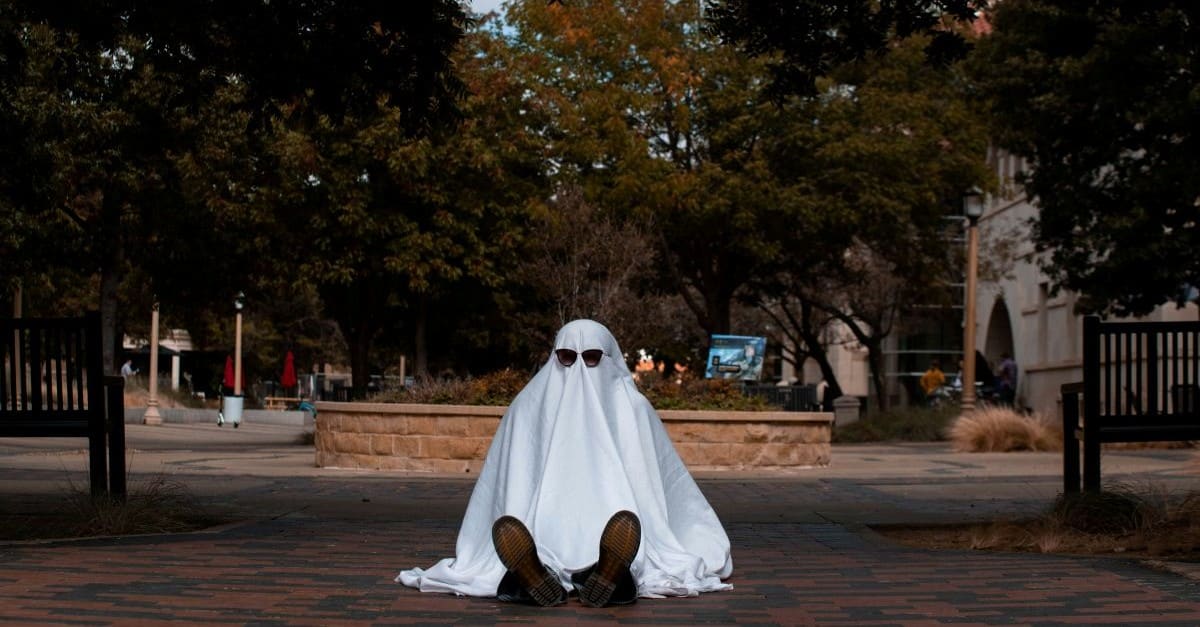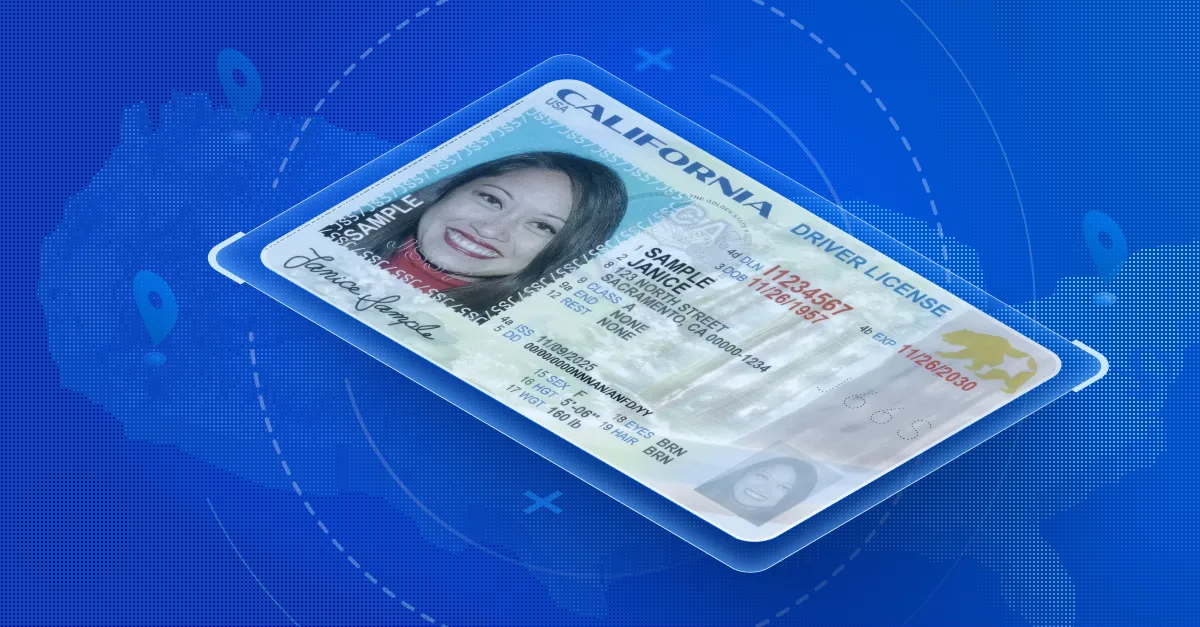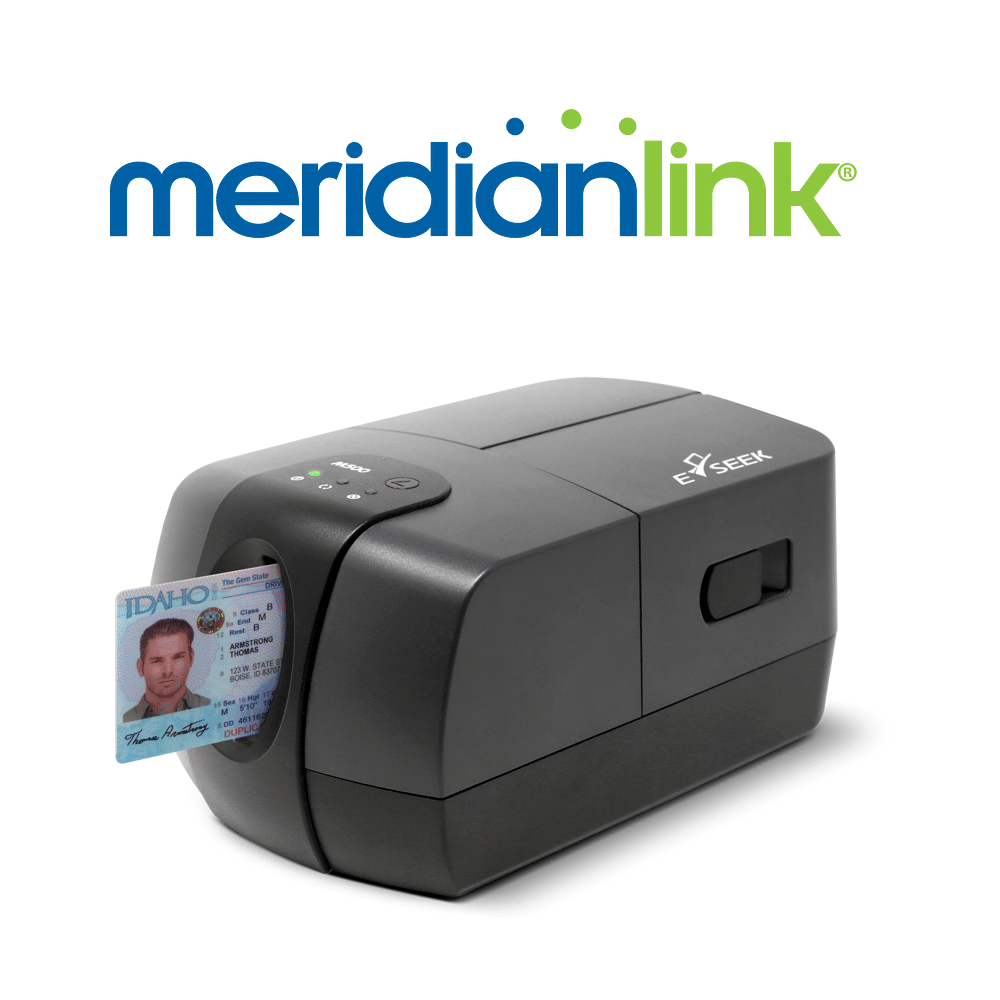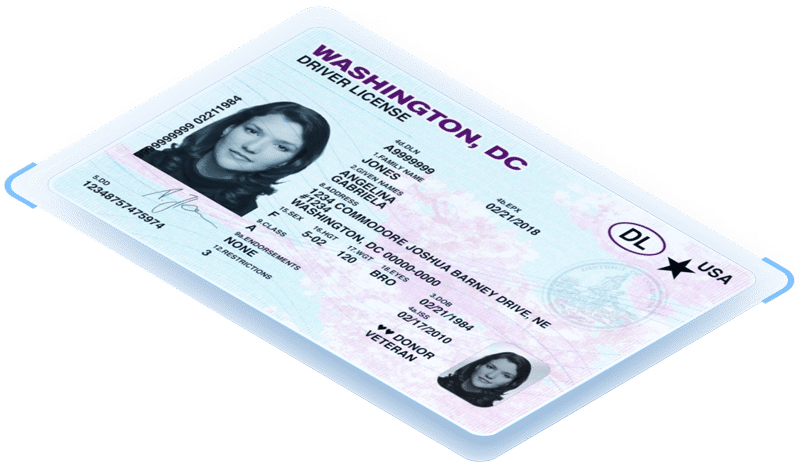In today’s increasingly digitized academic environments, the need for secure, accurate, and real-time identity verification has never been more important. One of the lesser-known yet growing threats to campus integrity and safety is the emergence of ghost student IDs. Ghost student IDs are fraudulent or illegitimate identity credentials used by individuals who are not actual students but attempt to access campus resources, facilities, or privileges. Whether driven by financial fraud, academic cheating, or even more serious security threats, ghost IDs represent a critical vulnerability in the education sector.
What are Ghost Student IDs?
A ghost student ID is a student identification card issued under false or manipulated information. These IDs are usually created for a few different scenarios:
- Fake students created during fraudulent admissions processes
- Fraudsters using stolen or purchased identities
- Former students wanting to retain access despite being unenrolled
- External individuals who gain unauthorized access to campus via counterfeit or duplicate IDs
Ghost IDs can be either physical, much like a traditional driver’s license or ID card, or digital, like new mobile IDs (mDLs) with QR codes or NFC-based credentials. They are often created to exploit institutional benefits such as student discounts, housing, meal plans, Wi-Fi, or even to gain access to campus buildings like labs, gyms, or libraries.
Why are Ghost Student IDs a growing concern?
Security risks and financial fraud rank among the top concerns when institutions encounter a ghost student ID. Allowing unauthorized individuals access to campus buildings can pose serious safety threats, especially in K–12, college, and university environments. Financially, schools and universities are at risk of exploitation by fraudsters using ghost student IDs. Some individuals fraudulently receive federal aid, grants, or scholarships, inflating institutional enrollment figures and diverting funds from legitimate students.
Additionally, educational institutions can face concerns of academic integrity and even damage to their reputation. Ghost students can undermine classroom integrity by attending lectures, cheating on exams, or submitting work under false identities. In online and hybrid learning environments, where physical presence isn’t required, it becomes even easier for these identities to go undetected. Worse even, should a ghost student be involved in criminal activity or academic dishonesty, it can tarnish the school’s reputation and call its admissions or access protocols into question.
New Federal Guidelines Strengthen Identity Verification for FAFSA Applicants
In response to rising concerns around identity fraud in higher education, particularly cases involving ghost student IDs, the U.S. Department of Education has announced significant changes to identity verification protocols for the 2025–2026 FAFSA cycle. As outlined in the June 6, 2025 electronic announcement from Federal Student Aid (FSA), these new measures are designed to help institutions identify and eliminate fraudulent aid applicants before federal funds are disbursed.
Effective immediately, all first-time FAFSA filers receiving Title IV aid will now be automatically selected for V4 identity verification. These expanded verification requirements aim to close a loophole that has historically allowed fraudsters to exploit minimal screening processes and enroll as fake students using stolen or synthetic identities. Institutions are no longer required to collect the Statement of Educational Purpose from students undergoing V4 or V5 verification. Instead, institutions must focus on collecting and maintaining copies of government-issued photo identification, either in person or through approved remote methods.
In addition, colleges and universities may now use third-party identity verification providers, provided they meet the National Institute of Standards and Technology (NIST) Identity Assurance Level 2 (IAL2) standards.
How ID verification can stop Ghost Student IDs
To combat the rise of ghost student IDs, schools and universities are increasingly turning to robust ID verification and document authentication systems. These tools ensure that student identities are valid, issued correctly, and tied to real, present, and verified individuals. Especially in the case of the Department of Education, by expanding the scope of required verification and introducing standardized digital identity checks, it is signaling a stronger, system-wide stance against enrollment fraud.
How IDScan.net helps eliminate Ghost IDs
IDScan.net scans and authenticates more than 10,000 global ID types — including driver’s licenses, passports, and student ID cards. Using advanced checks, such as UV/IR light checks, barcode checks, and template matching, VeriScan or ParseLink have the capability to ensure that only legitimate government-issued IDs are accepted during enrollment or access checks.
Fighting ghost student IDs in person
Using a combination of authentication ID scanners and ID authentication software, IDScan.net can catch up to 95% of fake or fraudulent IDs. API integration is also available for easy integration into existing school databases, admissions systems, housing portals, or campus access points. Educational institutions can also create real-time alerts, flag suspicious activity, and automate access denial when inconsistencies arise.
Adding on third-party checks, especially during critical checkpoints, adds an extra level of security when it comes to fraud detection and prevention of ghost student IDs. To detect fraudulent applications or duplicate identities, the completed ID scan information is cross-referenced against watchlists or other third-party databases. This helps identify students who may be using multiple aliases or resubmitting previously flagged IDs.
Fighting ghost student IDs remotely
In the age of hybrid and online education, remote identity verification (RIV) capabilities are paramount. By enabling students to validate their identities through mobile devices or webcams before issuing credentials, attending classes, or accessing learning management systems, educational institutions can help mitigate fraud risk and combat ghost student IDs. Through facial recognition and biometric liveness checks, RIV can verify that the person submitting the ID is both alive and matches the photo on the document. These liveness checks and anti-spoofing measures help to reduce the risk of using photoshopped images, deepfakes, or stolen credentials.
Use cases
As ghost student IDs become more popular, some higher education institutions have already begun deploying combative technology to help fight this new form of fraud. Some of the use cases we have already seen are:
- Confirm identity prior to issuing financial aid
- Confirm student identity prior to issuing campus credentials
- Authenticate students during dorm move-in
- Prevent outsiders from using old or borrowed IDs to access student gyms
- Ensure only active, enrolled students use meal plans and student discounts
- Confirm test-taker identities for online proctored exams
- Avoid duplicate enrollment records across satellite campuses
Conclusion
Ghost student IDs dismantle the integrity, security, and fairness of educational institutions. They are not just a technical problem; they are a policy and trust issue that affects students, faculty, and administrative staff alike. Fraudulent identities used to enroll in college for the sole purpose of collecting aid, represent a serious risk to both institutional integrity and taxpayer dollars. Fortunately, with modern ID verification solutions, schools now have powerful tools to protect their campuses from fraudulent access and build a foundation of secure, verifiable identities.
Educational institutions that adopt proactive identity verification measures now will not only safeguard themselves from emerging threats like ghost student IDs, but they will also lead the way in fostering safe, trusted learning environments in an increasingly digital academic world.





